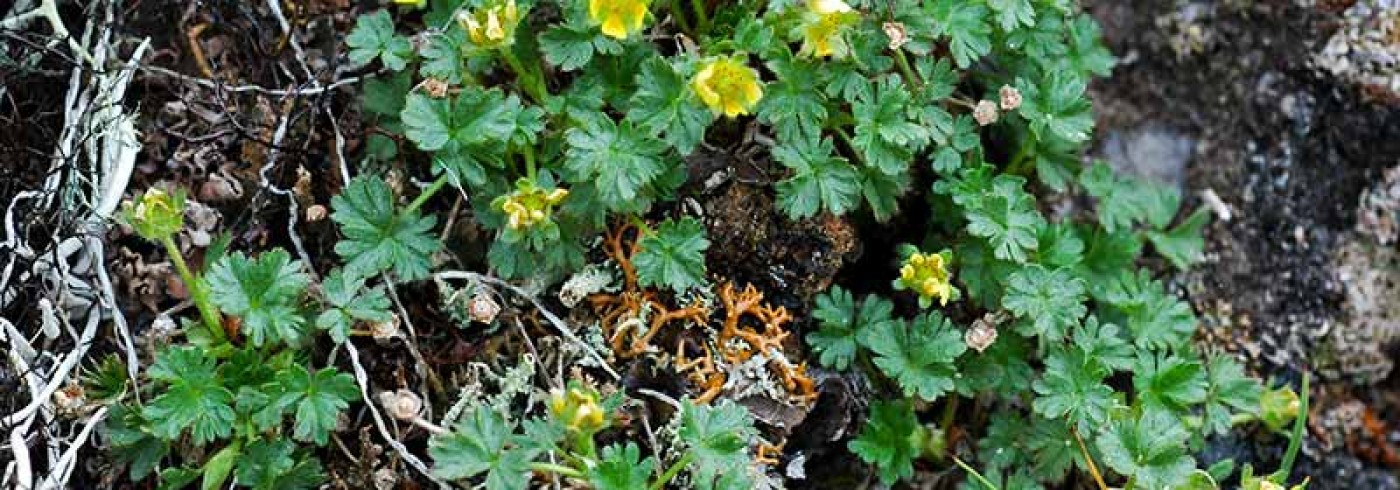Genetic diversity within and between populations of Alaskan wheatgrass
The aim of this investigation of the circumpolar arctic-alpine elymus alaskanus complex is to analyse the genetic variation over the total distribution area. At least 13 taxa have been described in this species complex. However, morphologically much of the variation seems to be more or less clinal. Still, the full picture is more complex with a strong element of local population differentiation and disruptive variation patterns in some of the areas.
Samples of natural populations of Alaskan wheatgrass have previously been collected from Greenland, Iceland, Scandinavia and Siberia, and the intention of the Tundra Northwest 1999 expedition was to collect good Population samples of the taxon E. alaskanus var. hyperarcticus, which is endemic to this area and for which no living materials have been available before. The materials were collected by digging up plants since the spikes were still unripe. Otherwise I usually collect individual spikes. Collecting was carried out along a transect through the population at each site according to a standard protocol. Furthermore, descriptions of the biotopes with documentation of associated species were produced in collaboration with the Theme B common project.
As was expected from a study of the literature available, Alaskan wheatgrass could only be found in the western parts of the Canadian Arctic Archipelago, since this species is obviously very sensitive to the chemical characteristics of substrate it is growing in. I was able to collect population samples at only two of the official collection sites, namely Cape Bathurst and Banks Island North. At these sites they were however growing in great numbers. Luckily, one additional population sample of Alaskan wheatgrass complex could be collected directly on arrival in Canada. This occurred at Tuktoyaktuk airport!
Since genetic analysis of populations using molecular methods is quite laborious, no such work was performed on the ship. Thus requirements for space on board the Louis were limited to a number of boxes for the storage of field equipment and plants until the return to Sweden. All experimental work is currently being carried out at the Department of Plant Breeding Research in Svalöv, Sweden. The genetic variation in the first phase is estimated by studying isoenzyme and UP-PCR variation, and the first results of real significance are expected in spring of the year 2000.
Dates
June–September 1999
Participants
Principal investigator
Björn Salomon
Department of Plant Breeding Research, Swedish University of Agricultural Science
Svalöv, Sweden

